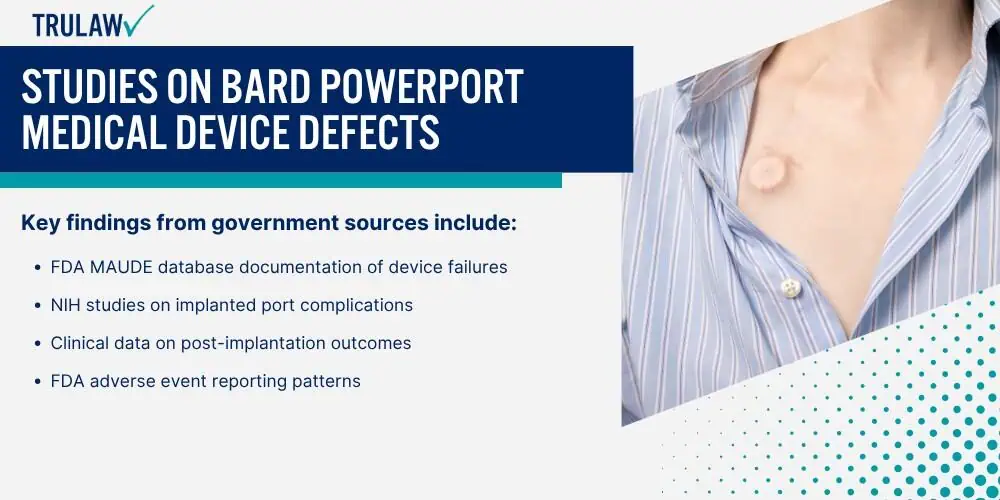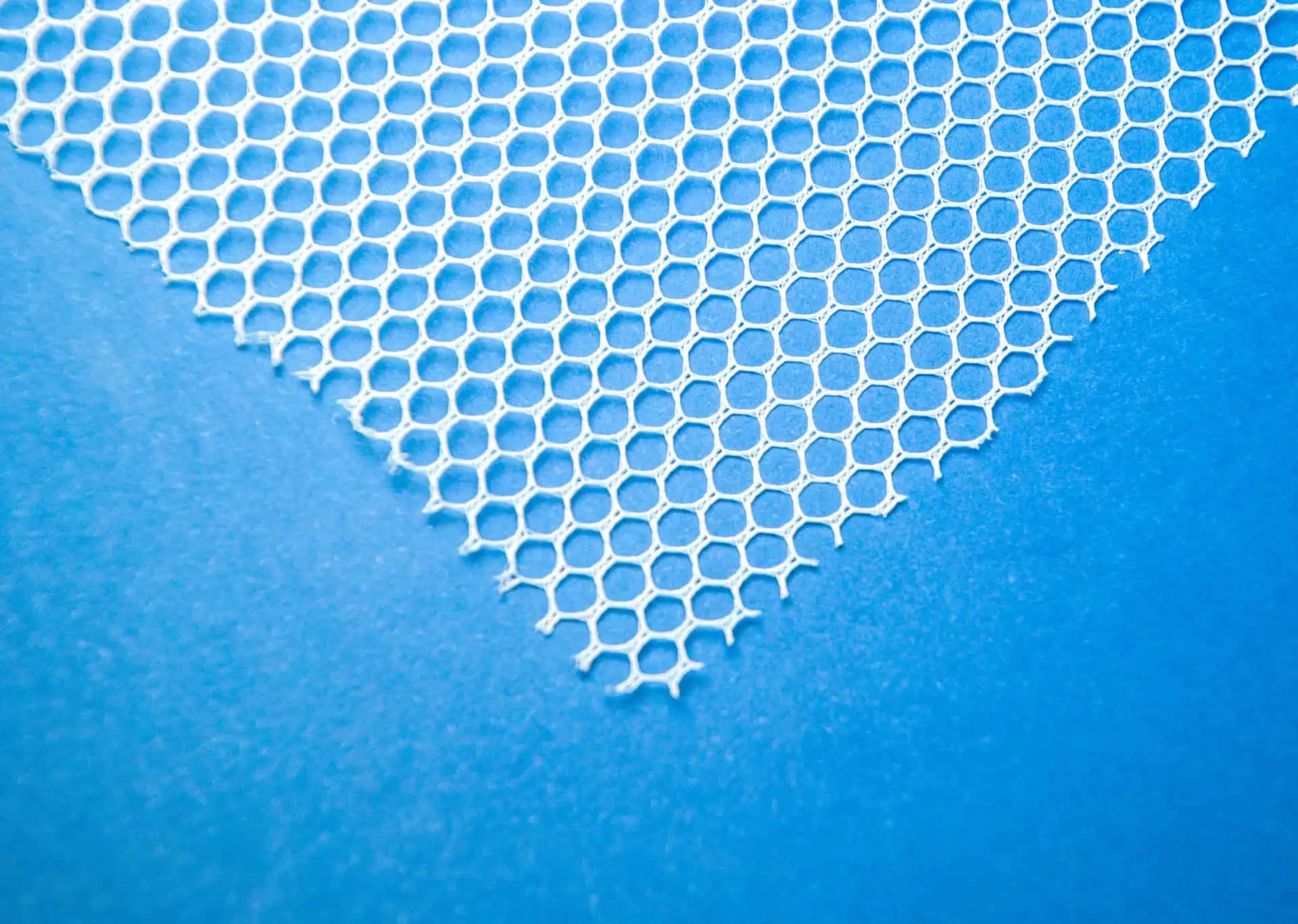The research documented in FDA adverse event reports and NIH-published studies has revealed significant concerns about the Bard PowerPort catheter device’s safety profile.
Multiple reports in the FDA’s MAUDE database and clinical studies have documented issues with device performance and patient outcomes.

Patients affected by the defective Bard PowerPort device may claim damages for severe injuries, including malfunction, migration, and life-threatening complications.
Medical Research and Testing Conducted
Clinical studies tracked through the FDA’s medical device reporting system have identified several areas of concern with the implantable port catheter device, specifically the PowerPort’s design and performance.
According to FDA documentation, the device underwent a Class 2 recall, indicating potential temporary or medically reversible health consequences.
Key findings from government sources include:
- FDA MAUDE database documentation of device failures
- NIH studies on implanted port complications
- Clinical data on post-implantation outcomes
- FDA adverse event reporting patterns
These research findings have been instrumental in establishing patterns of device failure and identifying potential safety concerns.
Government documentation through the MAUDE database has provided a systematic record of adverse events, while NIH studies have offered detailed analyses of complications and outcomes.
This body of evidence has become increasingly important as healthcare providers and patients seek to understand the risks associated with PowerPort devices.
Types of Injuries in the Bard PowerPort MDL
The FDA’s MAUDE database and NIH research on implanted ports have documented numerous adverse events associated with PowerPort devices.
These reports detail complications ranging from minor issues to severe medical emergencies requiring immediate intervention.
Government sources such as the FDA MAUDE database confirm these primary complications:
- Catheter-related complications: Including catheter fracture, pinch-off syndrome where the catheter is compressed between the clavicle and first rib, catheter disconnection from the port body, and catheter tip malposition
- Port system failures: Including port reservoir rupture, septum dysfunction preventing proper needle access, internal blockage requiring thrombolytic therapy, and port inversion or rotation
- Infection risks: Including port pocket infections, catheter-related bloodstream infections (CRBSI), tunnel infections along the catheter tract, and systemic infections leading to sepsis
- Thrombotic events: Including catheter-associated thrombosis, deep vein thrombosis (DVT), superior vena cava syndrome, and fibrin sheath formation around the catheter
- Device migration incidents: Including port chamber displacement, catheter tip migration into other vessels, extravasation of infused medications, and complete device dislodgement requiring surgical removal
The severity and frequency of these complications have led to significant concerns within the medical community.
According to NIH research, many of these complications require additional surgical interventions and extended hospital stays.
The documented pattern of device-related injuries has contributed to growing scrutiny of the PowerPort system’s safety profile and has become central to ongoing litigation efforts.













